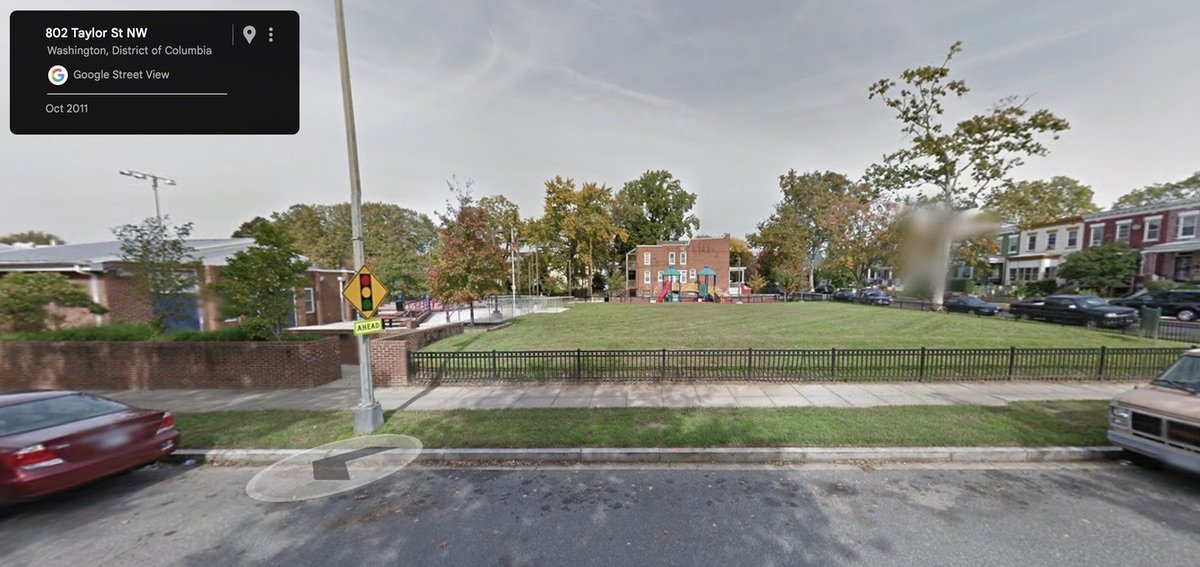The benefits of a rock garden (it’s easier to do than you may think)
/The quiet beauty of a rock garden is within easy reach.
by Galen Lawson
guest contributor
We’ve all seen rock gardens here and there but for whatever reason, it’s not normally what comes to mind as something to put in our own yards. With their beautiful blend of rugged stones and delicate plants, a rock garden is a gardener’s delight and within your reach. A rock garden’s appeal also goes beyond aesthetics.
Here’s why you should consider adding a rock garden to your outdoor space:
A Celebration of Low Maintenance: Rock gardens are convenient for busy homeowners. They thrive on well-draining soil, meaning less frequent watering and drought-tolerant plants. Plus, the rocks themselves help suppress weeds, keeping your garden looking great with minimal effort.
A Canvas for Creativity: Rock gardens are incredibly versatile. They can be grand and sprawling, incorporating boulders and terraced slopes, or be tucked into a tiny corner with pebbles and a few succulents. The size and style are entirely up to you, allowing you to unleash your inner designer.
A Riot of Color and Texture: While rocks provide a base of earthy neutrality, the true magic of a rock garden lies in the plants. Succulents, grasses, and flowering perennials bring pops of color and interesting textures. With careful planning, you can create a garden that offers visual interest throughout the year.
A Haven for Wildlife: Rock gardens provide a habitat for pollinators like butterflies and bees, who love the vibrant blooms. The crevices between rocks can also offer shelter to small creatures like lizards and beneficial insects.
A Touch of Zen: Rock gardens, particularly those inspired by Japanese Zen gardens, promote tranquility and reflection. The simplicity of the design and the natural elements create a calming atmosphere, perfect for unwinding after a long day.
A Year-Round Wonder: Rock gardens don't lose their appeal in the winter. Evergreen shrubs and ornamental grasses add structure, while the rocks themselves take on a new beauty when dusted with snow.
“You want the rocks to look like they naturally exist there, instead of just being dropped in place.”
This rock garden lives right next to a more conventional garden and uses mostly regular, old gravel you can get from any garden supply store.
Planning
The Right Spot: Choose a well-drained area that gets at least six hours of sunlight a day. Rock garden plants typically thrive in drier conditions.
Design and Shape: Sketch your rock garden's layout on paper. Consider the size and shape you want, keeping in mind the available space. Use a garden hose to outline the shape on the ground to visualize it better.
Find Your Rocks: The easiest way to gather stones is to visit a nearby garden center that carries landscaping rocks. You can also do-it-yourself a bunch of ways: online Freecycle, construction sites (ask nicely), landscaping companies, etc. Try to use one rock type in different sizes for a cohesive feel.
Plant Selection: Choose plants that thrive in well-drained, sunny locations. Popular options include succulents, cacti, ornamental grasses, and low-growing perennials. In the garden design below, I used five different plants that are repeated. Given the dry, hot nature of rock gardens, many usable plants tend to be from a Mediterranean or alpine region, but there are plenty of native plants that work well. Native Phlox and and Amsonia are used here.
Assembly / The Fun Part
Prep the Area: Clear the area of weeds, grass and debris. Dig down about a foot to create a good base for drainage.
Lay the Foundation: Add a layer of landscaping fabric to suppress weeds and improve drainage. Top it with a crushed rock base (1-2 inches thick) for further drainage. — this helps mimic those alpine conditions.
Rock Placement: Start with the larger rocks. For a natural look, partially bury some of the bigger rocks to create a stable, embedded look. (Plant your rocks!) Arrange the remaining rocks in a way that complements the overall design. You want the rocks to look like they naturally exist there, instead of just being dropped in place.
Add Soil: Fill the gaps between the rocks with well-draining potting mix or a mixture of garden soil with sand or gravel.
Time to Plant!: Carefully plant your chosen flowers and foliage according to their specific needs and spacing requirements. Again, make it natural and somewhat random.
Finishing Touches: Add decorative gravel or mulch around the base of the plants to retain moisture and suppress weeds. You can also incorporate sculpture or birdbaths for an extra touch.
Remember that a rock garden is an ever-changing creation and its character will unfold over time. Flowering perennials will mature and produce more blooms year after year, while low-growing evergreens will provide year-round structure.
Some plants will drop seeds that find their way into crevices and pockets between rocks. This can lead to delightful surprises as new plants emerge in unexpected spots, adding a touch of whimsy and natural biodiversity. Rocks will also develop a weathered patina and settle in. Feel free to adjust or add/remove rocks and plants over time. It’s your garden and you can change it as you see fit.
And that’s it. If you're looking for a low-maintenance way to add more interest to your landscape, consider the rock garden. With a little planning and creativity, you can create a unique outdoor space that's a joy throughout the year.
About Lawson Yardscapes
Galen Lawson is a local Petworth landscape designer with decades of design experience. Galen sees landscapes as living spaces and canvases bursting with potential, and uses his skills to translate nature and materials into tangible designs that resonate.
Lawson Yardscapes isn't just about planting trees and shrubs, it's about crafting landscapes that sing, create moods, roar with color, solve a problem or build a vision. When you invite me to design your outdoor haven, you're not just getting a landscape designer – you're getting an artist with a kaleidoscope of experience, ready to paint your vision into reality. Contact Galen today for a free consultation!




















